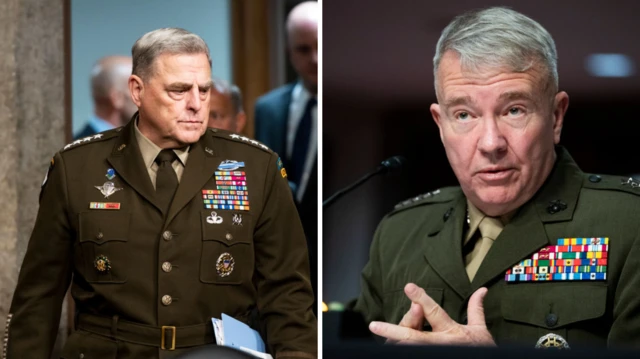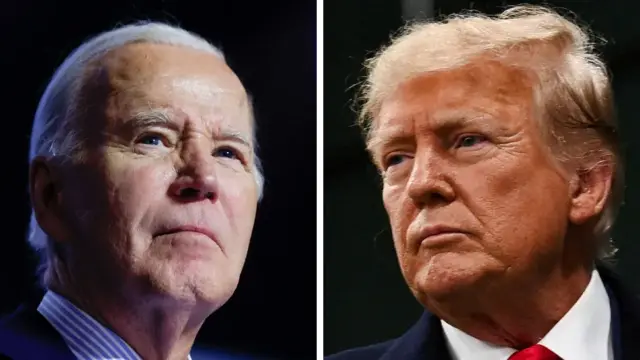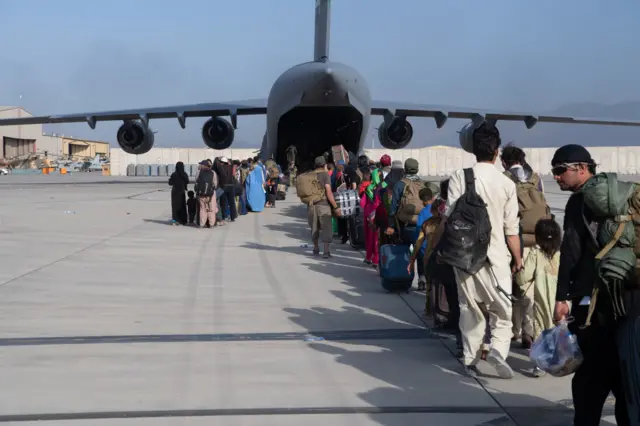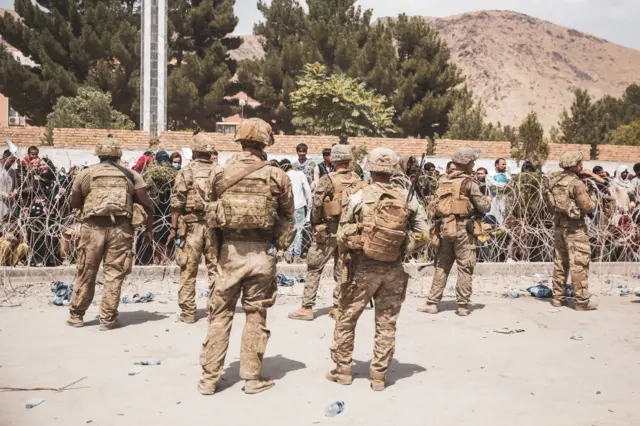Milley and McKenzie have been critical of decision to pull out troopspublished at 16:56 GMT 19 March 2024
Both men previously testified to the Senate armed services committee in September 2021.
At that hearing, their testimonies undercut a claim that President Joe Biden had made.
Biden had insisted there were no generals urging him to keep some US troops in Afghanistan to prevent a Taliban takeover. But both Gen Milley and Gen McKenzie said they thought those troops were needed and, at one point, the latter said he told the president as much.
Both generals also firmly stated that - speaking then, in September 2021 - al-Qaeda was still present in Afghanistan. This directly contradicted Biden's earlier statement that the terrorist organisation had been eradicated.
And in an interview with ABC News, external in 2023, Milley said he had “lots of regrets” about how the conflict ended, saying “in a broader sense, the war was lost”.





